Home>Articles>How To Insulate An Old House With No Insulation
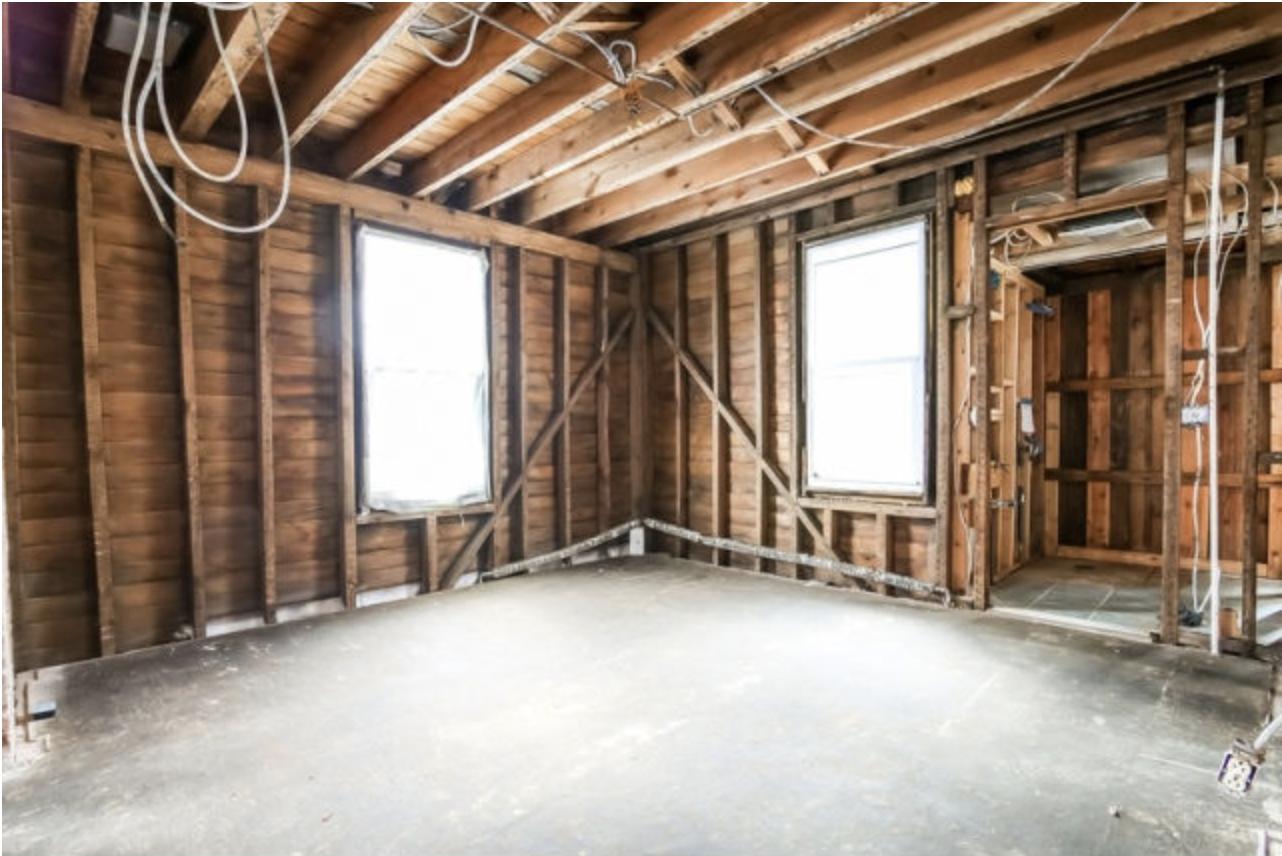

Articles
How To Insulate An Old House With No Insulation
Modified: February 23, 2024
Learn how to effectively insulate an old house with no existing insulation. Read our informative articles and discover the best methods to keep your home comfortable and energy-efficient.
(Many of the links in this article redirect to a specific reviewed product. Your purchase of these products through affiliate links helps to generate commission for Storables.com, at no extra cost. Learn more)
Introduction
When it comes to owning an old house, one of the common challenges you may face is dealing with inadequate or nonexistent insulation. Insulation plays a crucial role in maintaining a comfortable and energy-efficient living space by minimizing heat loss or gain. Without proper insulation, an old house can feel drafty and uncomfortable, resulting in higher energy bills and a strain on the HVAC system.
Insulating an old house with no insulation may seem like a daunting task, but with the right knowledge and approach, it is entirely achievable. In this article, we will explore different options for insulating an old house, ranging from spray foam insulation to insulating exterior walls. By understanding these options, you can make an informed decision on the best method to insulate your old house and create a more comfortable and energy-efficient living environment.
Before diving into the various insulation options, it is important to assess the insulation needs of your old house. Factors such as the age of the house, its construction materials, and the climate in which you reside will influence the choice of insulation. Conducting a thorough assessment will help you determine which areas of your house require insulation and guide you in selecting the appropriate insulation type and method.
Now, let’s explore the different options available for insulating an old house with no insulation.
Key Takeaways:
- Insulating an old house with no existing insulation is achievable by assessing the specific insulation needs, considering factors such as climate, construction materials, and budget, and choosing from various options like spray foam, blown-in, batt or roll, and insulated panels.
- Before insulating, it’s crucial to address moisture issues, understand building codes, ensure proper ventilation, consider safety precautions, establish a budget, and seek professional advice. Proper insulation enhances energy efficiency, minimizes drafts, and creates a comfortable living environment.
Read more: How To Insulate A Brick House
Assessing the Insulation Needs of an Old House
Before you begin the process of insulating an old house with no insulation, it is essential to assess the insulation needs specific to your home. This assessment will help you identify areas that require insulation and determine the appropriate insulation type and method.
Start by examining the existing insulation, if any, in your old house. Determine its condition and effectiveness in providing thermal resistance. Older insulation materials, such as fiberglass batting or cellulose, may have deteriorated over time, losing their insulating properties. In some cases, there may be no insulation present at all.
Next, consider the different areas of your house that require insulation. Common areas that tend to be under-insulated in older homes include walls, attics, floors, and crawlspaces. Pay attention to any drafts or temperature variations in these areas, as it indicates a lack of proper insulation.
Another important factor to consider is the climate in which your old house is located. Understanding the local climate will help you determine the desired R-value, which is a measure of thermal resistance, for the insulation in different areas of your home. The higher the R-value, the better the insulation’s performance. For example, homes in colder climates typically require higher R-values to effectively retain heat.
Furthermore, evaluate the construction materials used in your old house. Different materials have varying insulating properties. For example, older homes with solid brick or stone walls may require different insulation techniques compared to homes with wood-frame construction. Take note of any unique architectural features that may affect the insulation process, such as exposed beams or vaulted ceilings.
Lastly, consider your budget and the timeframe in which you plan to complete the insulation project. Certain insulation methods may be more cost-effective or time-efficient than others. Take into account any constraints or limitations you may have before proceeding.
By conducting a thorough assessment of the insulation needs of your old house, you can gather the necessary information to make informed decisions about the best insulation options for each area of your home. This will ensure that you achieve optimal thermal comfort and energy efficiency once the insulation project is complete.
Options for Insulating an Old House with No Insulation
When it comes to insulating an old house with no existing insulation, there are several options available to improve the energy efficiency and comfort of your home. Each option has its own benefits and considerations, so it’s important to choose the one that best suits your specific needs. Here are some of the common insulation options:
- Spray Foam Insulation: Spray foam insulation is a versatile option that provides excellent thermal insulation and air sealing. It is applied as a liquid and expands to fill gaps and voids, creating a tight seal. This type of insulation is ideal for hard-to-reach areas and can be used on walls, ceilings, and floors. It offers high R-values and can help reduce energy costs.
- Blown-In Insulation: Blown-in insulation is another popular option for insulating an old house. It involves using a blowing machine to install loose insulation materials, such as fiberglass or cellulose, into the desired areas. This method is effective for attics and walls and can fill gaps and cavities, providing good thermal resistance.
- Batt or Roll Insulation: Batt or roll insulation is commonly used for insulating walls, floors, and ceilings. It comes in pre-cut panels or rolls and is made of materials like fiberglass, mineral wool, or cotton. This type of insulation is relatively easy to install, making it a popular choice for DIY projects.
- Insulated Panels: Insulated panels are a more comprehensive option for insulating an old house. These panels consist of rigid foam insulation sandwiched between two layers of sheathing material. They can be used to insulate walls, roofs, and even floors, offering excellent thermal resistance and structural support.
- Insulating Exterior Walls: If your old house has solid masonry walls, insulating the exterior can be a viable option. This involves adding insulation layers to the outside of the walls, such as rigid foam panels or insulating stucco. This method can improve energy efficiency while preserving the original interior finishes.
- Insulating Attic Spaces: Attics are often key areas for insulation in old houses. Adding insulation to the attic can significantly reduce heat loss or gain. Depending on the attic construction, you can choose from various insulation types, including batt insulation, blown-in insulation, or spray foam insulation.
- Insulating Floors and Crawlspaces: Floors and crawlspaces can be sources of drafts and heat loss. Insulating these areas with materials like batt insulation or rigid foam boards can help create a more comfortable and energy-efficient living environment. It’s important to ensure proper ventilation and moisture control in crawlspaces during the insulation process.
Each insulation option has its own advantages and limitations, so it’s crucial to consider factors such as budget, effectiveness, DIY feasibility, and specific requirements of your old house before making a decision. Consult with insulation professionals or contractors to determine the best insulation option for your specific needs and to ensure proper installation.
Spray Foam Insulation
Spray foam insulation is a popular and effective option for insulating an old house with no existing insulation. It is a versatile material that can be applied to various areas, including walls, ceilings, and floors. Spray foam insulation is available in two forms: open-cell and closed-cell foam.
Open-cell spray foam insulation is a lightweight material that expands when applied, creating a soft and flexible foam. It is known for its effective soundproofing capabilities and can be used in areas where noise reduction is desired. Open-cell foam has a lower R-value compared to closed-cell foam, making it suitable for areas with less extreme temperature variations.
Closed-cell spray foam insulation, on the other hand, is a denser and more rigid material that provides higher R-values and stronger structural support. Closed-cell foam is resistant to moisture and can be used in areas prone to water exposure, such as basements or crawlspaces. It also acts as an effective barrier against air infiltration, preventing drafts and reducing energy loss.
The process of applying spray foam insulation involves using specialized equipment to spray the foam onto the desired surfaces. The foam expands quickly, filling gaps, cracks, and voids. This creates an airtight seal, preventing air leakage and reducing heat transfer.
Before applying spray foam insulation, it is important to properly prepare the area by removing any debris or old insulation materials. The surfaces should be clean, dry, and free of dust. It’s recommended to wear protective gear, such as goggles and gloves, during the application process.
One of the advantages of spray foam insulation is its ability to conform to various surface contours and irregular shapes. This makes it an excellent choice for insulating hard-to-reach areas or around obstacles such as pipes and electrical wiring.
It’s important to note that professional installation is recommended for spray foam insulation due to the specialized equipment and techniques involved. Trained installers can ensure proper application, achieving the desired insulation performance and avoiding any potential issues.
Overall, spray foam insulation offers a durable and effective solution for insulating an old house. Its ability to create an airtight seal, provide thermal resistance, and minimize sound transmission makes it a valuable choice for enhancing energy efficiency and creating a more comfortable living environment.
Blown-In Insulation
Blown-in insulation is a practical and efficient option for insulating an old house that lacks insulation. It involves using a specialized blowing machine to distribute loose insulation material into the desired areas, such as attics or walls.
There are various types of blown-in insulation materials available, including fiberglass, cellulose, and mineral wool. Each type has its own advantages and considerations, so it’s essential to choose the one that best suits your needs and budget.
Fiberglass blown-in insulation consists of small glass fibers that are blown into the desired spaces. It is fire-resistant, non-corrosive, and does not settle over time. Fiberglass insulation is known for its thermal performance, offering excellent resistance to heat transfer. It’s important to note that wearing protective clothing and a mask is recommended during the installation process to prevent any irritation from fiberglass particles.
Cellulose blown-in insulation is made from recycled materials, such as newspapers or cardboard. It is treated with fire retardants to improve safety. Cellulose insulation is known for its ability to fill gaps and cavities effectively, providing excellent thermal resistance. It also has good soundproofing properties, making it beneficial for reducing noise levels within the home.
Mineral wool, also known as rock wool or slag wool, is made from natural or synthetic minerals. It offers good thermal insulation performance and is resistant to fire, moisture, and pests. Mineral wool insulation is commonly used in areas where fire protection is a concern, such as around chimneys or furnace rooms.
The process of installing blown-in insulation involves using a blowing machine to distribute the loose insulation material into the desired cavities or voids. Small access holes are made in the walls or attic, and the insulation material is blown in using compressed air. Once the desired level of insulation is achieved, the access holes are sealed to ensure airtightness and prevent any air leakage.
One of the key advantages of blown-in insulation is its ability to fill and seal gaps and voids effectively. This helps reduce air infiltration and heat loss, improving the overall energy efficiency of the house. Additionally, blown-in insulation can be installed in hard-to-reach areas without the need for major renovations or modifications.
It’s important to hire a professional insulation contractor to install blown-in insulation. They have the expertise and equipment to ensure proper installation, achieving the desired insulation levels and maximizing energy savings.
Overall, blown-in insulation offers a cost-effective and efficient solution to insulate an old house without existing insulation. Its ability to provide thermal resistance, soundproofing, and ease of installation make it a practical choice for improving energy efficiency and comfort in your home.
Read more: How To Check Insulation In House
Batt or Roll Insulation
Batt or roll insulation is a commonly used option for insulating an old house that lacks insulation. It comes in pre-cut panels or rolls and is made from materials such as fiberglass, mineral wool, or cotton.
Installation of batt or roll insulation is relatively straightforward and can be a suitable choice for DIY projects. The insulation is typically cut to fit between the studs, joists, or rafters in the walls, floors, or ceilings. It is then placed in the desired spaces, providing thermal resistance and minimizing heat transfer.
Fiberglass batt insulation is one of the most popular types available. It consists of glass fibers that are tightly packed together. Fiberglass insulation offers excellent thermal performance and is resistant to moisture, pests, and fire. It is available in varying thicknesses to achieve different levels of insulation.
Mineral wool batt insulation, also known as rock wool or slag wool, is made from natural or synthetic minerals. It provides good thermal and sound insulation properties and is resistant to fire and pests. Mineral wool insulation is commonly used in areas where fire protection is a concern, such as around chimneys or furnace rooms.
Cotton batt insulation, on the other hand, is an eco-friendly option made from recycled denim or cotton fibers. It offers good thermal performance, is non-irritating, and is easy to handle and install. Cotton insulation is treated with fire retardants to enhance safety.
One of the advantages of batt or roll insulation is its affordability. It is generally less expensive compared to other insulation options, making it suitable for budget-conscious homeowners. It also allows for flexibility in adding insulation as needed, allowing for easier customization to fit specific areas or spaces.
When installing batt or roll insulation, it is essential to ensure a proper fit and coverage. The insulation should be cut to the correct size to fit snugly between the studs or joists, without any gaps or compression. Any electrical fixtures or wires should be properly protected or moved away from the insulation for safety reasons.
It’s important to note that while batt or roll insulation can be installed as a DIY project, hiring a professional insulation contractor is advisable, especially for larger or more complex areas. They have the knowledge and expertise to achieve proper insulation levels, ensuring optimal energy efficiency and comfort.
Overall, batt or roll insulation is a cost-effective and relatively easy-to-install option for insulating an old house. Its availability in various materials and sizes, along with its thermal performance, make it a popular choice for homeowners looking to improve energy efficiency and create a more comfortable living environment.
Consider using blown-in insulation, which can be installed without major renovations. It’s a cost-effective way to add insulation to existing walls and attics in an old house.
Insulated Panels
Insulated panels offer a comprehensive and efficient solution for insulating an old house with no existing insulation. These panels consist of rigid foam insulation sandwiched between two layers of sheathing material.
There are different types of insulated panels available, such as structural insulated panels (SIPs) and insulated metal panels (IMPs). SIPs are typically made from oriented strand board (OSB) or plywood on the exterior, and the interior facing is made of drywall or another suitable material. IMPs, on the other hand, have a metal exterior layer for durability and weather resistance.
Insulated panels provide excellent thermal resistance properties and reduce the potential for thermal bridging. Thermal bridging occurs when there is a break in the insulation layer, allowing heat or cold to transfer through the building envelope. This can lead to energy loss and decreased insulation effectiveness.
The installation process for insulated panels involves securing the panels to the existing walls or framing of the old house. These panels can be installed on both exterior and interior walls, as well as roofs and floors, depending on the specific insulation needs of the house.
The tightly sealed nature of insulated panels provides a high-quality air barrier, reducing air leakage and improving energy efficiency. This helps to create a more comfortable living environment and can potentially lower heating and cooling costs.
Insulated panels also offer structural support, enhancing the overall strength and integrity of the building. This can be particularly beneficial for older houses with aging or weak structural elements.
One of the significant advantages of insulated panels is their speed of installation. Because these panels come pre-fabricated, they can be quickly and efficiently installed, reducing labor costs and minimizing disruption to the occupants during the insulation process.
It’s worth noting that while insulated panels offer numerous benefits, they may require professional installation. The process of properly installing and integrating insulated panels into an existing structure requires expertise and precision to ensure a seamless fit and maximum insulation performance.
Overall, insulated panels provide an all-in-one solution for insulating an old house. Their superior insulation properties, structural support, and efficiency of installation make them an attractive choice for homeowners seeking to improve energy efficiency, comfort, and longevity of their homes.
Insulating Exterior Walls
Insulating the exterior walls of an old house can be an effective way to improve energy efficiency and thermal comfort. This method involves adding insulation layers to the outside of the walls, creating a thermal barrier and reducing heat loss or gain.
When insulating exterior walls, there are two main approaches: adding insulation from the outside or creating a new layer of insulation on the interior side of the walls. Both options have their advantages and considerations, so it’s essential to choose the method that best suits the specific needs of your old house.
Adding insulation to the outside of the walls, also known as external wall insulation, involves applying insulating materials directly onto the exterior surfaces. This method is suitable for houses with solid masonry walls or when the exterior cladding needs to be replaced or repaired.
The insulation materials used for external wall insulation can vary, but common options include rigid foam insulation boards or insulating stucco systems. These materials provide excellent thermal resistance and can help create a continuous insulation layer on the exterior walls.
External wall insulation offers several benefits, including improved energy efficiency, enhanced weather resistance, and the potential to transform the appearance of the house. It also helps to reduce thermal bridging, which occurs when there is a break in the insulation layer, allowing heat or cold to transfer through the wall structure.
Another option for insulating exterior walls is to create a new layer of insulation on the interior side of the walls. This method, known as internal wall insulation, involves adding insulation panels or batts to the inside of the walls before adding a new layer of drywall or cladding.
Internal wall insulation can be less invasive compared to external wall insulation, as it does not require extensive exterior modifications. However, it may reduce the interior floor area and can affect the aesthetics of the existing space. Additionally, it is essential to address any moisture issues or potential condensation problems when insulating the interior walls.
It’s important to note that insulating exterior walls, whether from the outside or inside, should be done in compliance with local building codes and regulations. Hiring a professional insulation contractor experienced in exterior wall insulation is recommended, as they will have the expertise to ensure proper installation and address any potential issues.
By insulating the exterior walls of your old house, you can significantly improve energy efficiency, reduce energy costs, and enhance the overall comfort of your living space.
Insulating Attic Spaces
Insulating the attic is a crucial step in improving the energy efficiency and comfort of an old house. Attics are often a significant source of heat loss or gain, making proper insulation essential in maintaining a consistent indoor temperature.
There are various insulation options available for attic spaces, including batt insulation, blown-in insulation, and spray foam insulation.
Batt insulation, typically made of fiberglass or mineral wool, is a common choice for insulating attics. It comes in pre-cut panels or rolls and can be placed between the attic joists to provide thermal resistance. It’s important to ensure a proper fit and coverage to avoid gaps or compression that could decrease the insulation’s effectiveness.
Blown-in insulation, such as fiberglass or cellulose, is another effective option for attics. It can be installed using a blowing machine, distributing the loose insulation material evenly across the attic space. This method is particularly useful for filling gaps, cracks, and hard-to-reach areas while providing good thermal resistance.
Spray foam insulation, both open-cell and closed-cell, can also be used to insulate attic spaces. Spray foam insulation offers excellent insulation properties and can effectively seal gaps and air leaks. It is applied as a liquid and expands to fill cavities and create an airtight barrier.
Before insulating the attic, it’s crucial to assess the existing conditions, such as any moisture issues or ventilation problems. Proper ventilation is essential in preventing moisture buildup and ensuring the attic remains dry and free from mold or mildew.
When insulating the attic, it’s important to consider factors such as the desired R-value, the recommended thickness of insulation, and any potential access points or obstacles for future maintenance needs. Additionally, proper air sealing measures, such as sealing gaps around electrical wires, plumbing vents, and attic hatches, should be implemented to prevent air leakage.
It’s recommended to consult with insulation professionals or contractors when insulating the attic of an old house. They can assess the specific requirements of your attic space and recommend the most suitable insulation method and materials.
Properly insulating the attic of an old house can lead to significant energy savings, improved indoor comfort, and increased resistance to extreme outdoor temperatures. It is a valuable investment that can make a noticeable difference in the overall efficiency and livability of your home.
Read more: What Is Insulation In A House
Insulating Floors and Crawlspaces
Insulating the floors and crawlspaces of an old house is an essential step in improving energy efficiency and creating a more comfortable living environment. Uninsulated floors and crawlspaces can contribute to drafts, heat loss, and moisture problems.
There are several insulation options available for floors and crawlspaces, depending on the specific needs and construction of your old house.
One common option is batt insulation, such as fiberglass or mineral wool, which can be installed between the floor joists to provide thermal resistance. The insulation batts should be cut to fit snugly to prevent any gaps or sagging that could compromise the effectiveness of the insulation.
Rigid foam insulation boards are another popular choice for insulating floors and crawlspaces. These boards can be installed directly against the subfloor or between the floor joists to provide a continuous insulation layer. Rigid foam insulation is moisture-resistant, making it suitable for damp or humid environments.
Spray foam insulation, both open-cell and closed-cell, can also be used to insulate floors and crawlspaces. Spray foam insulation is applied as a liquid and expands to fill gaps and crevices, creating an airtight seal. It effectively blocks air infiltration and provides excellent thermal insulation properties.
When insulating crawlspaces, it’s important to address moisture issues. Proper ventilation and moisture barriers, such as vapor barriers or encapsulation, should be installed to prevent moisture buildup and potential mold or mildew problems.
In addition to insulating the floors and crawlspaces, it’s crucial to ensure proper air sealing. This involves sealing gaps or cracks in the floor and foundation walls to prevent air leaks and drafts. Air sealing helps improve energy efficiency and maintains a more consistent indoor temperature.
Insulating the floors and crawlspaces of an old house can provide multiple benefits, including improved energy efficiency, enhanced comfort, and reduced moisture problems. It’s recommended to consult with insulation professionals or contractors to determine the best insulation method for your specific needs and to ensure proper installation.
Overall, properly insulating the floors and crawlspaces can make a significant difference in the overall energy performance and comfort of your old house, creating a more enjoyable living space for years to come.
Important Considerations Before Insulating
Before embarking on an insulation project for an old house, there are several important considerations to keep in mind. These factors will help ensure that the insulation is effective, safe, and tailored to the specific needs and characteristics of your home.
Assessing Moisture Issues: Moisture problems can pose a significant challenge when it comes to insulating an old house. Before proceeding with insulation, it’s crucial to identify and address any existing moisture issues, such as leaks, condensation, or high humidity levels. Moisture can compromise the effectiveness of insulation and lead to mold or mildew growth. Proper ventilation, moisture barriers, and remediation of existing issues are essential steps to take before insulating.
Understanding Building Codes: It’s important to familiarize yourself with local building codes and regulations regarding insulation. These codes outline the minimum requirements for insulation levels and installation methods. Adhering to these codes ensures compliance with safety standards and may be necessary for obtaining building permits or meeting insurance requirements.
Consideration of Ventilation: Proper ventilation is vital for maintaining a healthy and durable home. Good airflow helps prevent moisture buildup, mitigates potential air quality issues, and extends the longevity of the insulation materials. It’s crucial to assess the existing ventilation systems in your old house and make any necessary adjustments or improvements before or during the insulation process.
Safety Precautions: Insulation materials can pose health hazards if not handled properly. It’s important to wear appropriate protective gear, such as gloves, goggles, and masks, when installing insulation. For certain insulation types, professional installation may be recommended to ensure safety and proper handling of materials, particularly in larger or more complex areas.
Budget Considerations: Insulation projects for old houses can vary significantly in cost. It’s important to establish a budget and consider the overall cost of materials, professional installation (if required), and any necessary repairs or modifications before insulating. Balancing your budget with the desired energy savings and comfort improvements will help you make informed decisions throughout the insulation process.
Seeking Professional Advice: Insulating an old house can be a complex task, requiring knowledge of building science and the specific challenges of older construction. Consulting with insulation professionals or contractors can provide valuable guidance and ensure that you choose the most appropriate insulation materials, installation methods, and strategies tailored to your old house’s unique characteristics.
By considering these important factors before insulating, you can ensure a successful insulation project that improves energy efficiency, comfort, and the overall livability of your old house. Taking the time to assess moisture issues, understand building codes, prioritize ventilation, prioritize safety, consider budget constraints, and seek expert advice will result in a well-planned and effective insulation upgrade.
Conclusion
Insulating an old house with no existing insulation is a crucial step in improving energy efficiency, thermal comfort, and the overall livability of your home. With a variety of insulation options available, you can choose the method that best suits your specific needs and budget.
Assessing the insulation needs of your old house is the first step in determining which areas require insulation and the appropriate insulation type and method. Factors such as the age of the house, construction materials, climate, and budget should be taken into consideration.
Spray foam insulation, blown-in insulation, batt or roll insulation, insulated panels, insulating exterior walls, insulating attic spaces, and insulating floors and crawlspaces are all viable options for insulating an old house. Each option has its own benefits and considerations, so it’s important to choose the one that best fits your requirements.
Prior to insulating, it’s essential to address any moisture issues, understand building codes, ensure proper ventilation, consider safety precautions, and establish a budget. Seeking professional advice can also be invaluable in ensuring a successful insulation project.
By insulating your old house, you can reduce heat loss or gain, enhance energy efficiency, minimize drafts, and create a more comfortable living environment. Proper insulation not only helps reduce energy bills but also contributes to a more sustainable and environmentally friendly home.
Remember, always prioritize safety and follow best practices when installing insulation materials. And don’t hesitate to consult with professionals who have experience working with old houses to achieve the best results.
With the right insulation choice and proper installation, you can transform your old house into a cozy, energy-efficient, and comfortable home that will serve you well for many years to come.
Frequently Asked Questions about How To Insulate An Old House With No Insulation
Was this page helpful?
At Storables.com, we guarantee accurate and reliable information. Our content, validated by Expert Board Contributors, is crafted following stringent Editorial Policies. We're committed to providing you with well-researched, expert-backed insights for all your informational needs.
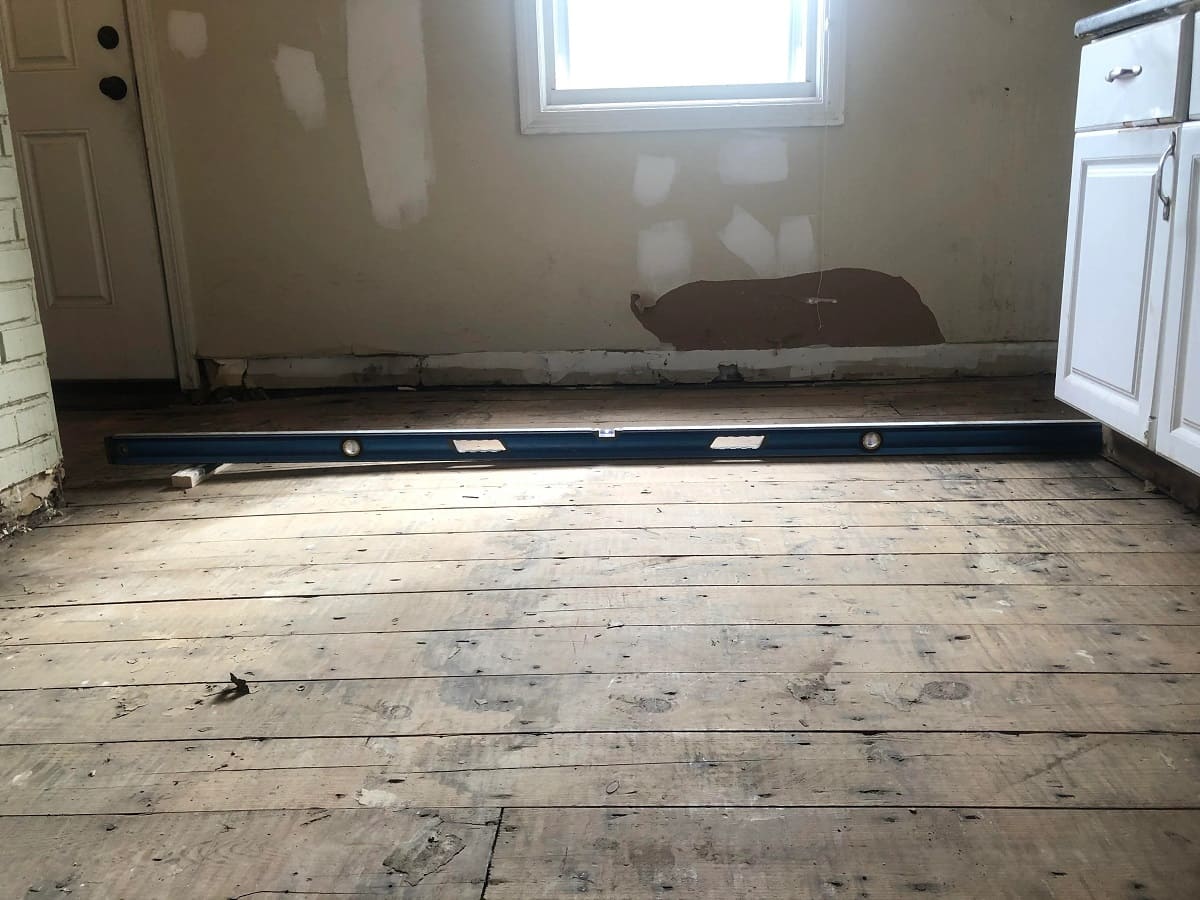
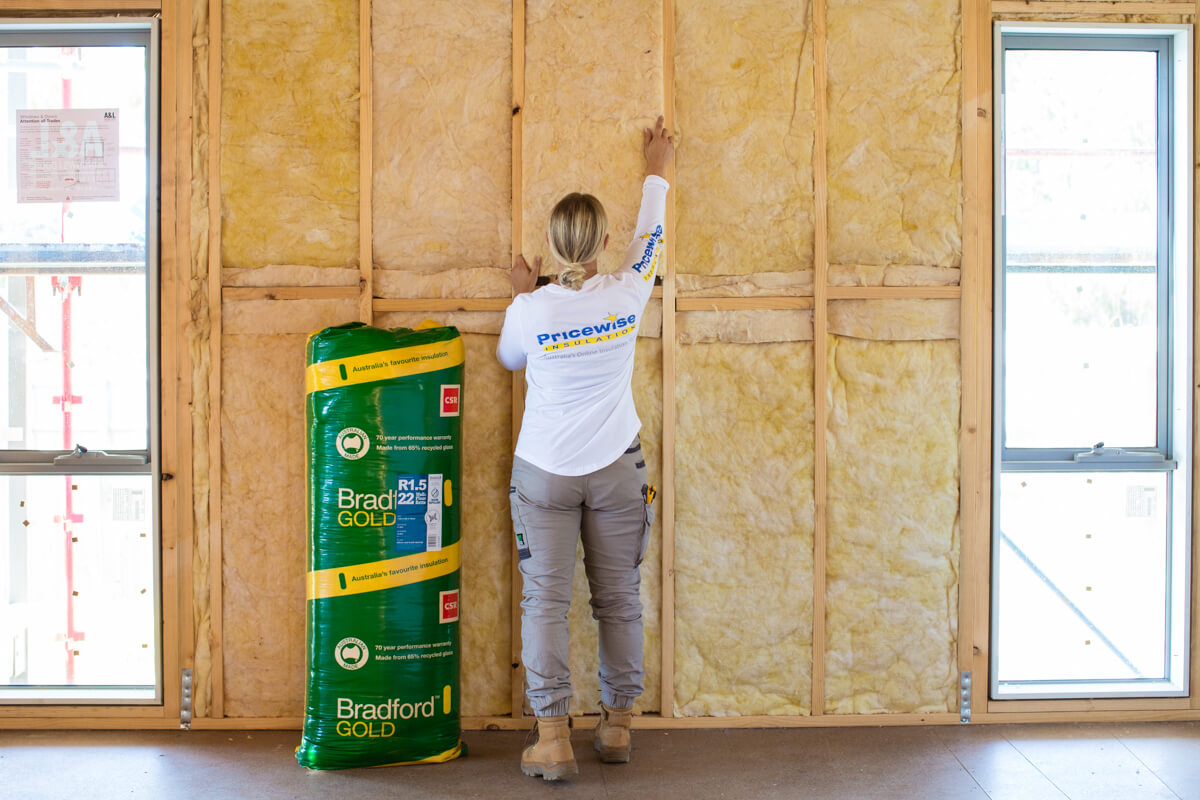
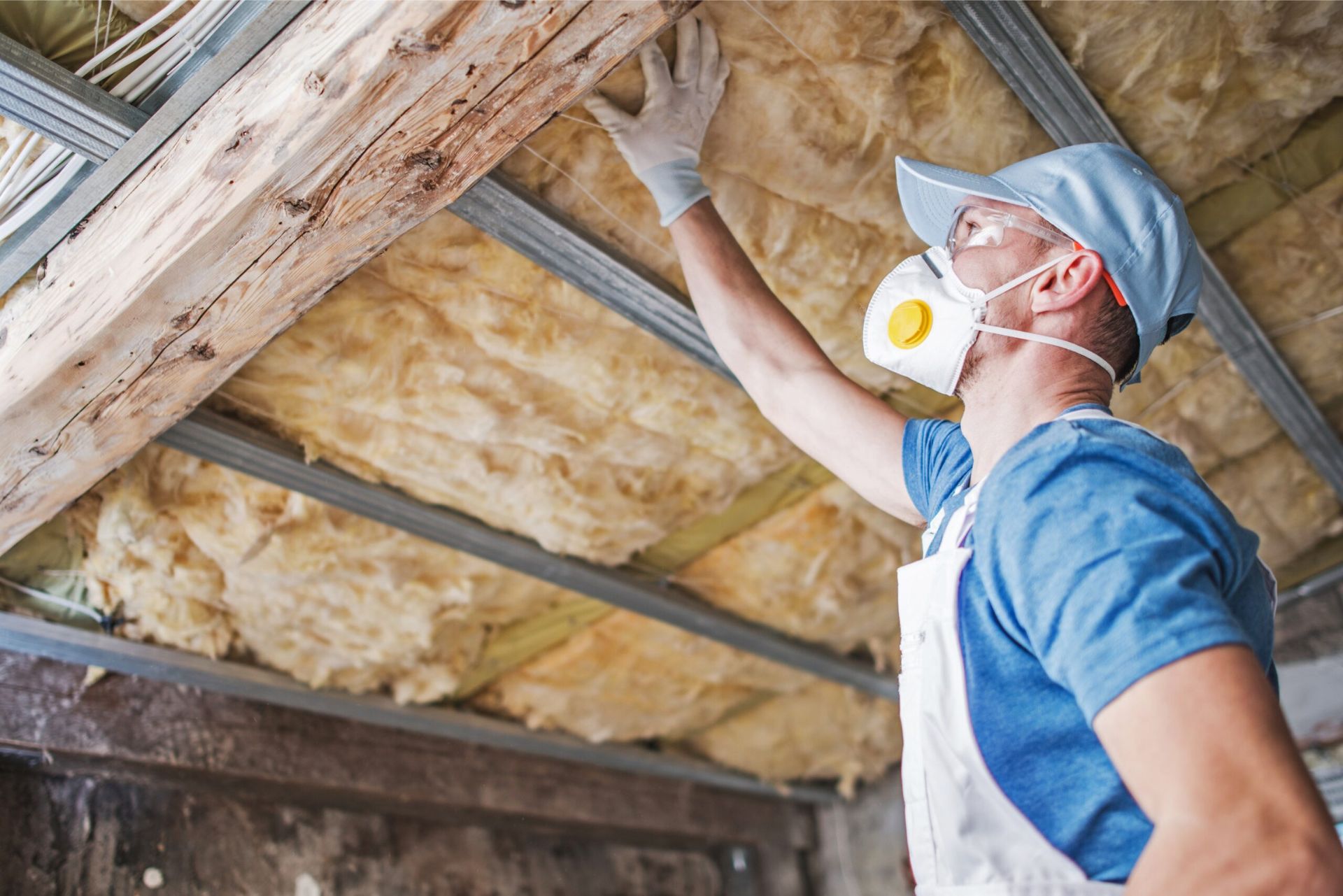
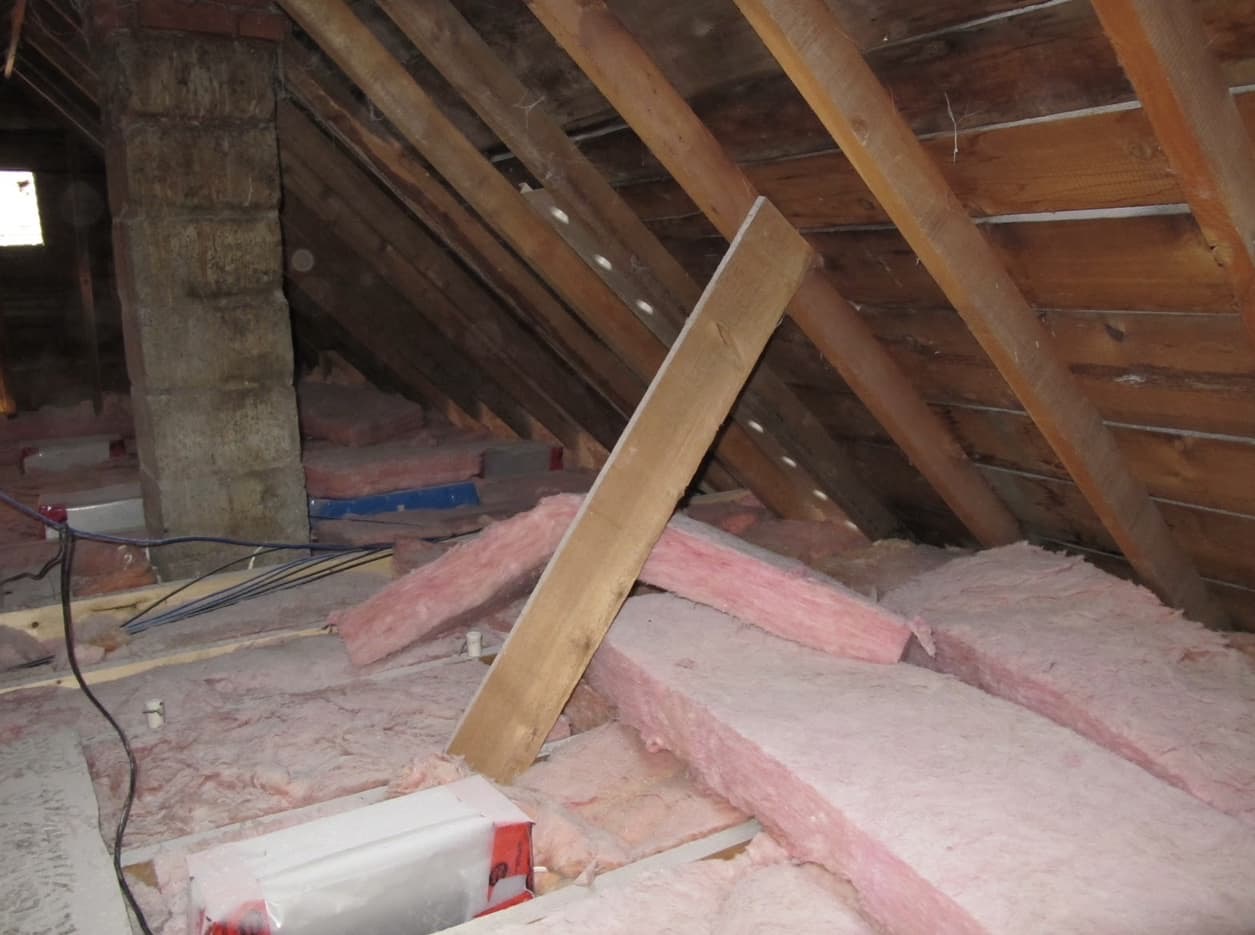
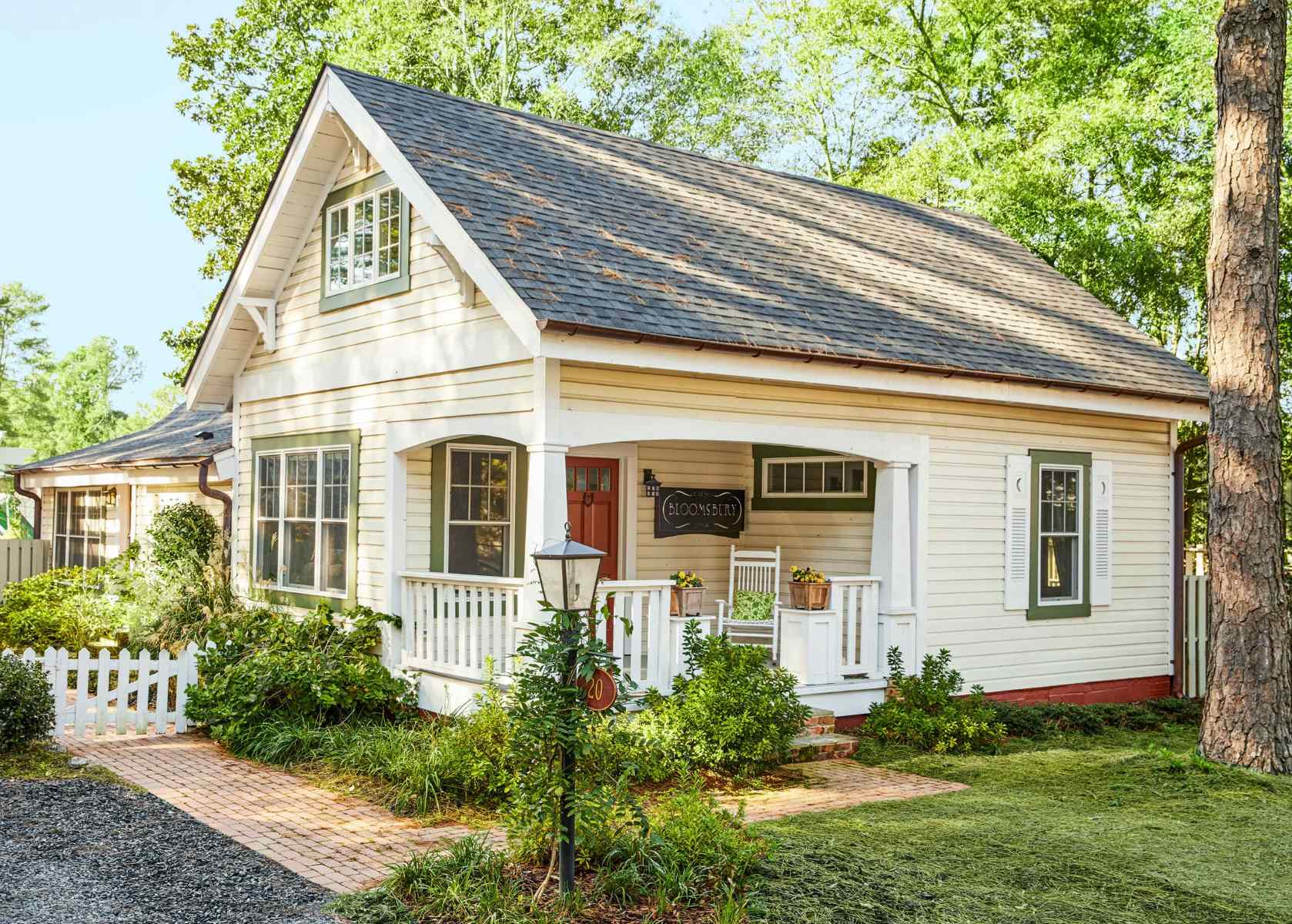
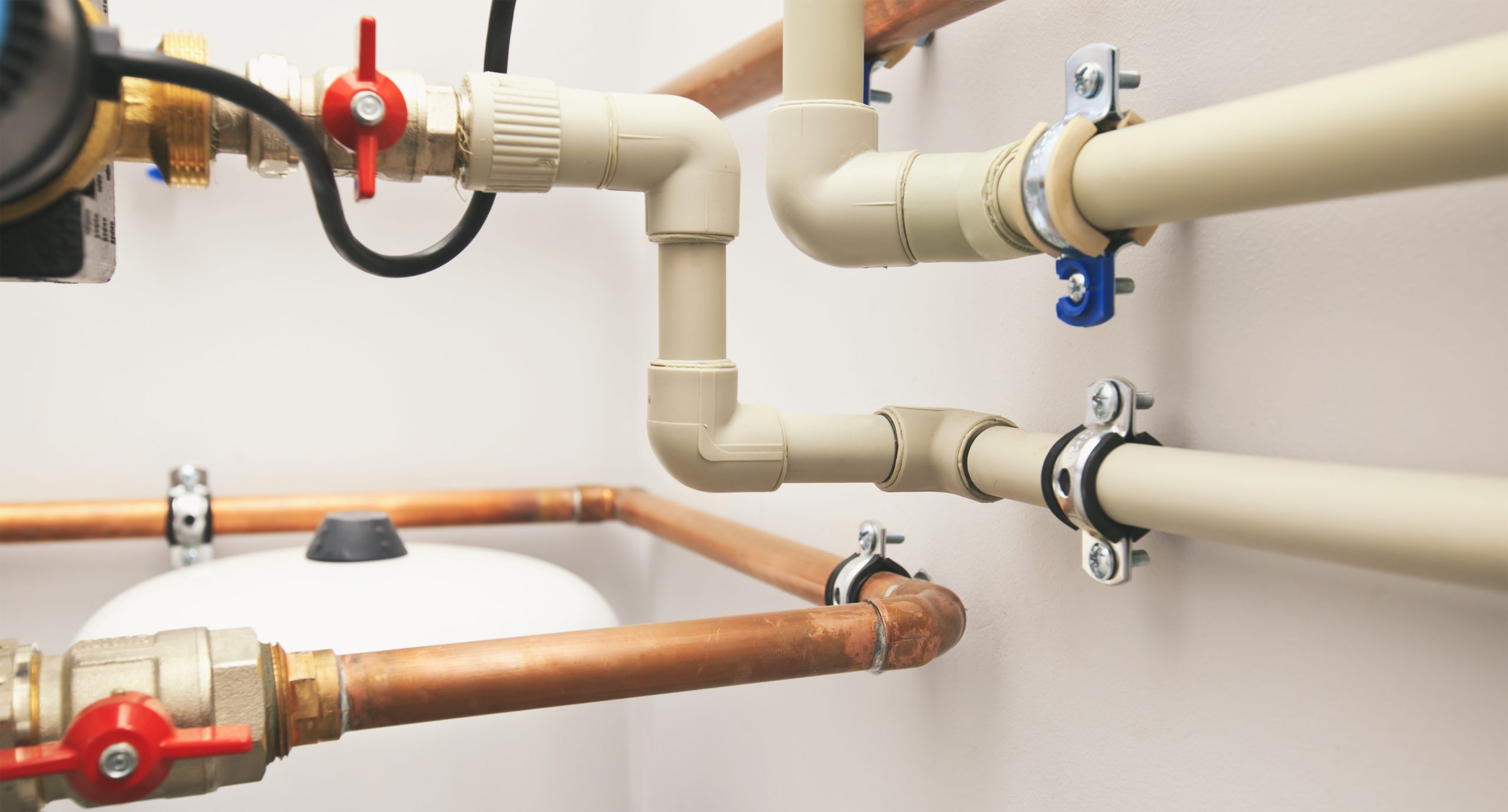

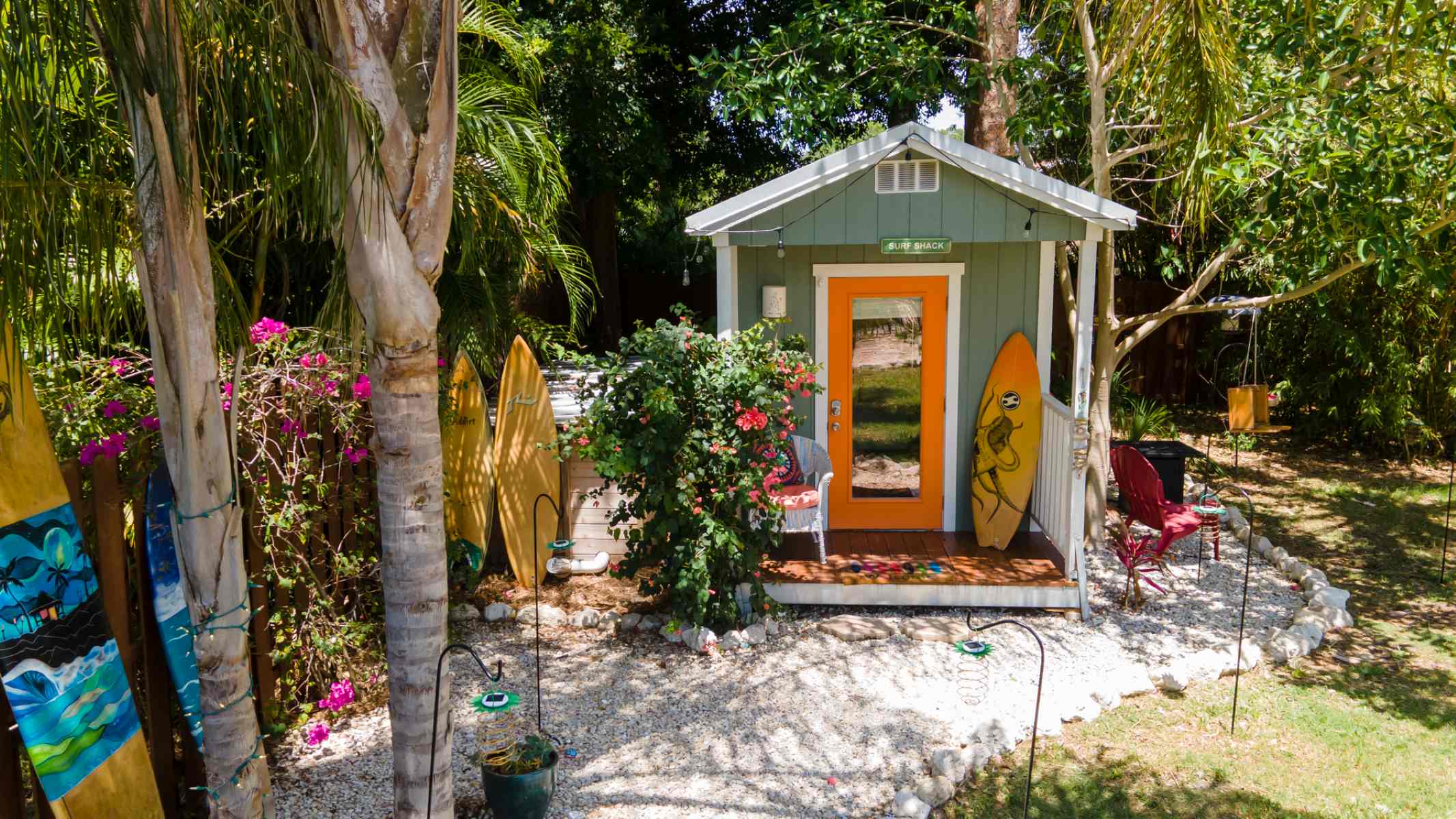

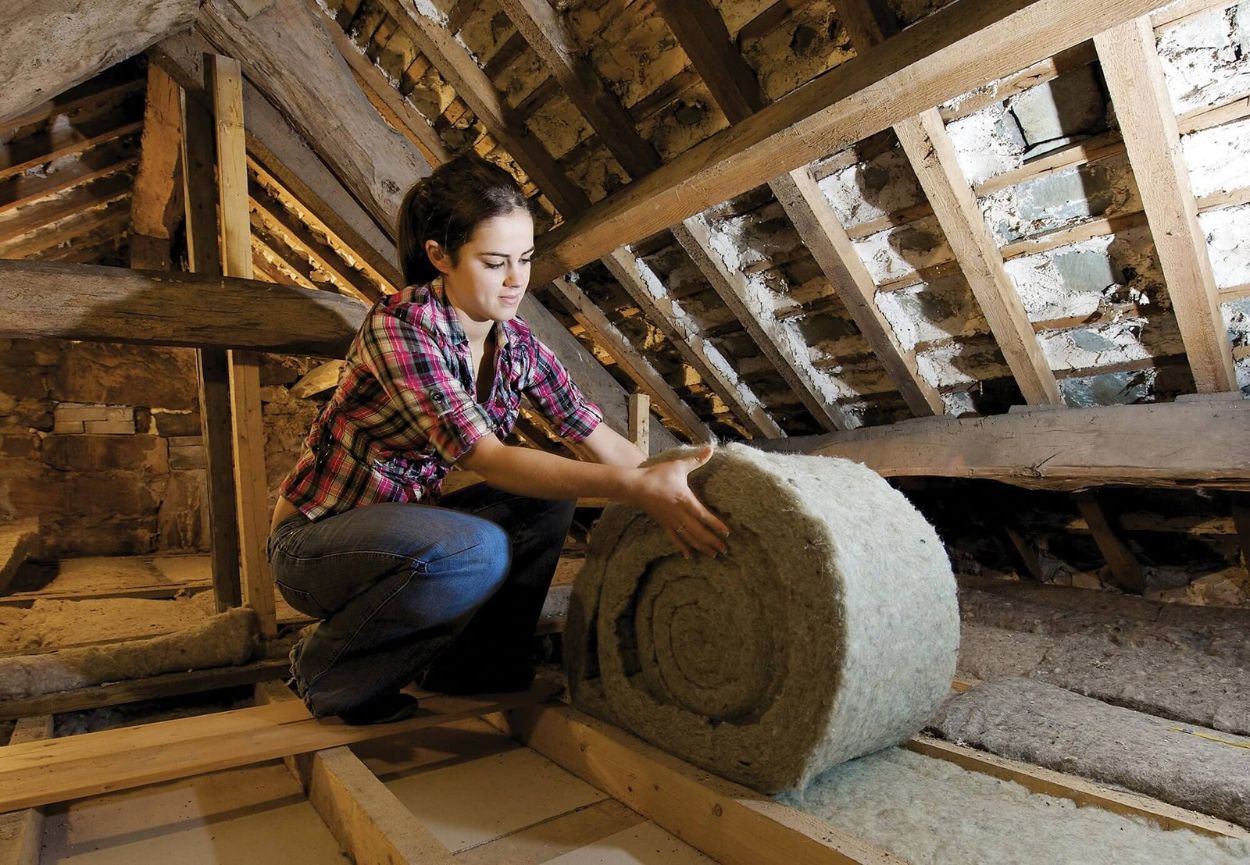
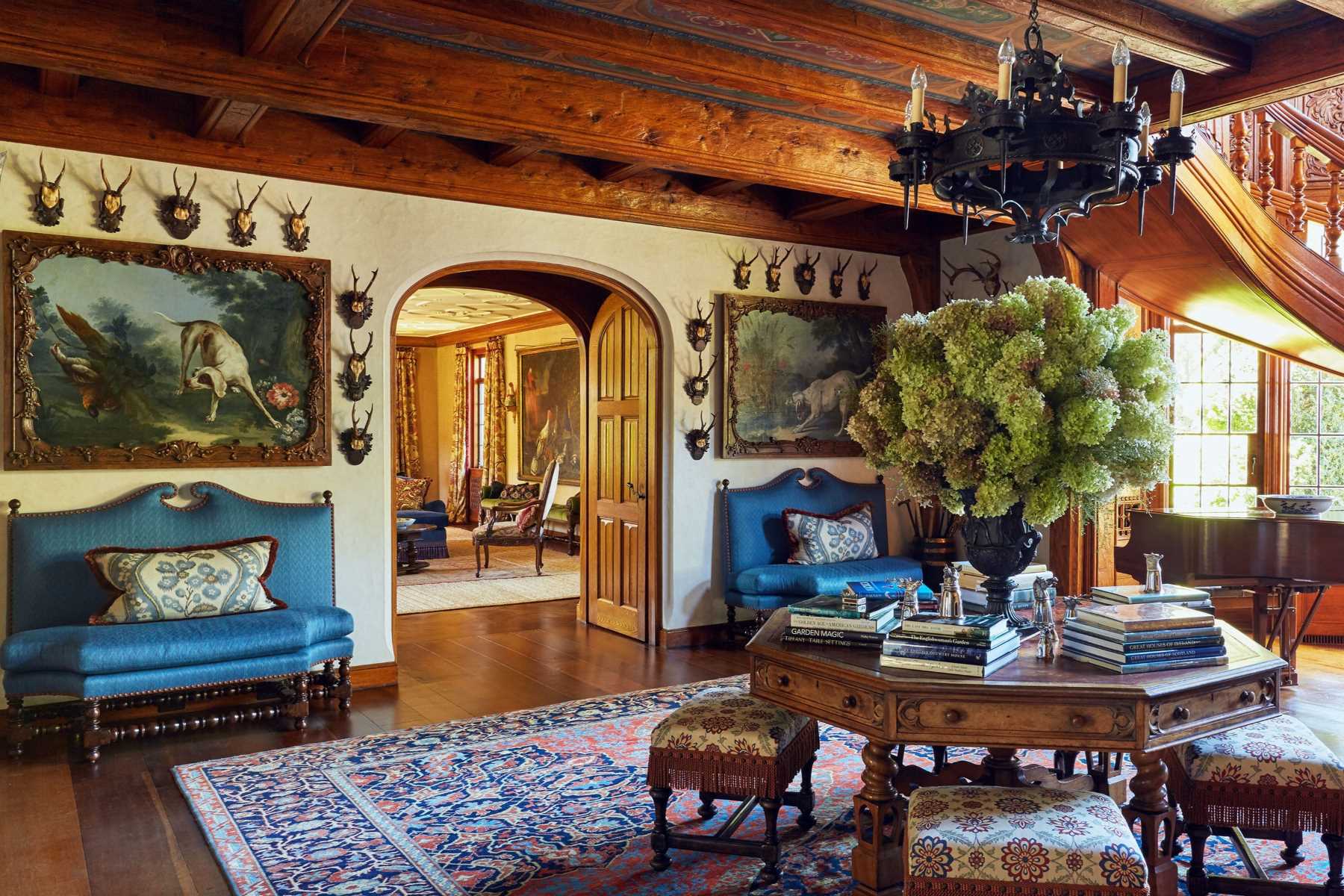
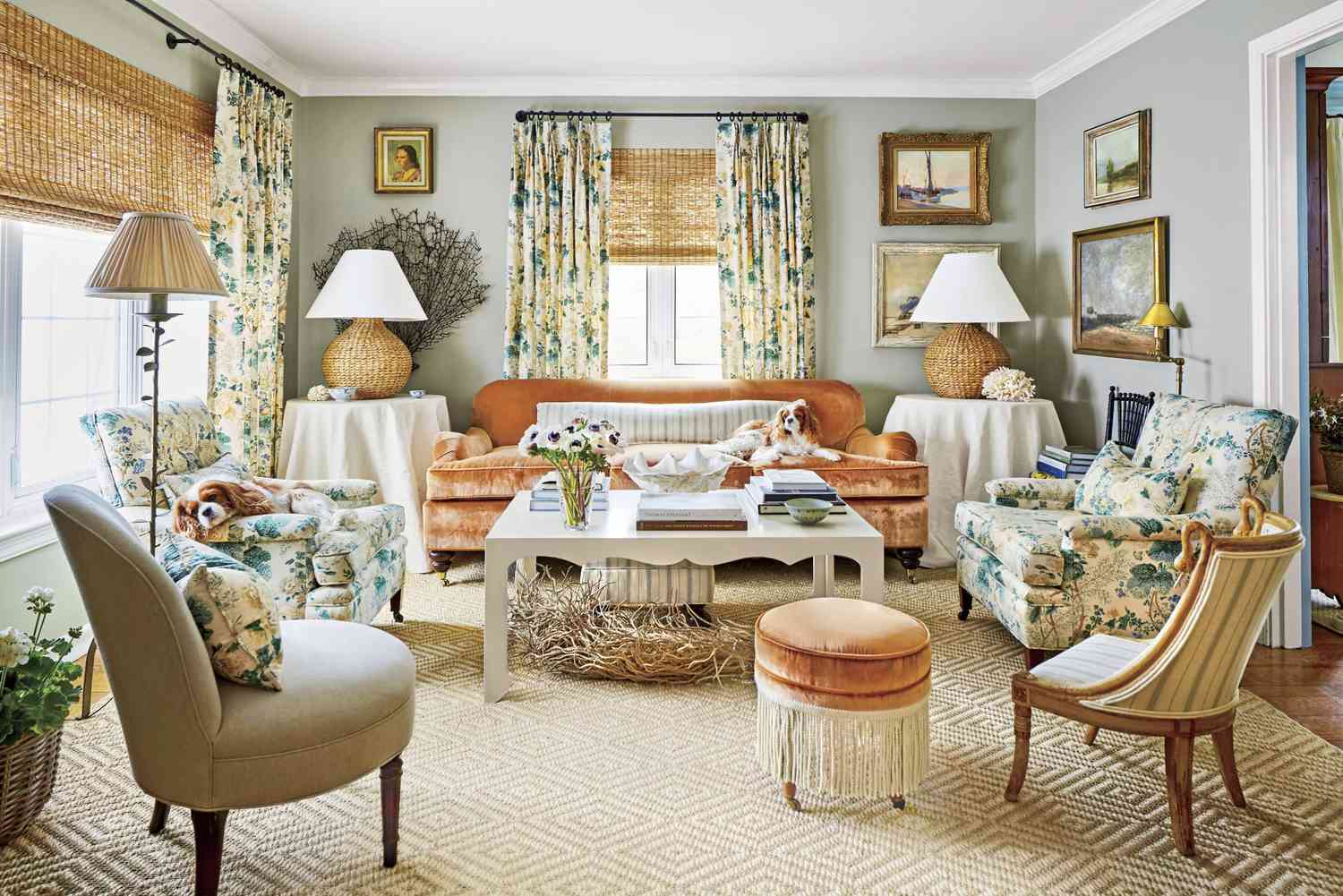
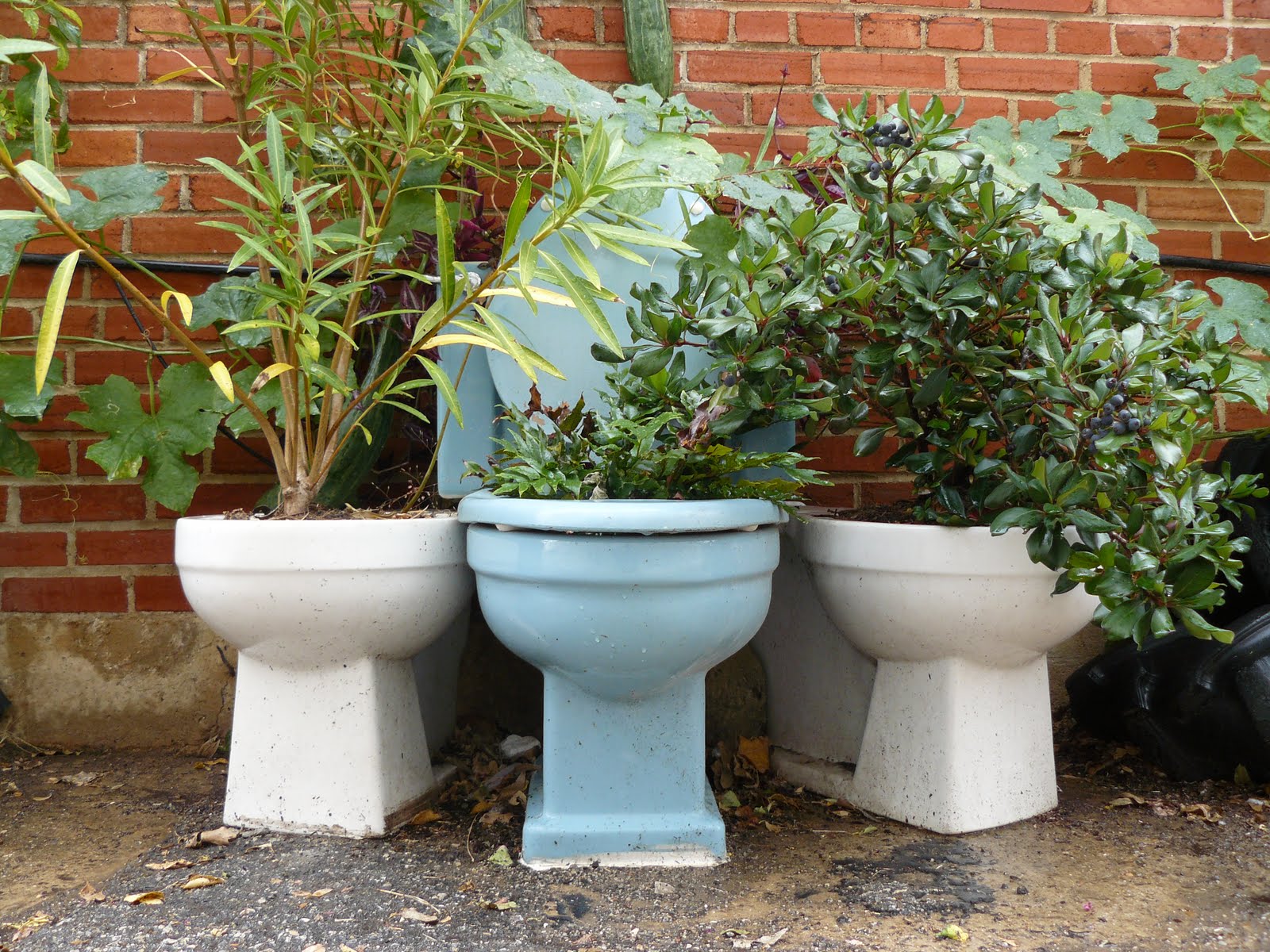

0 thoughts on “How To Insulate An Old House With No Insulation”